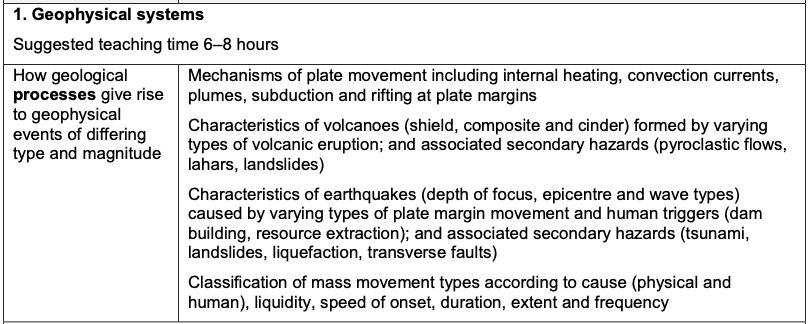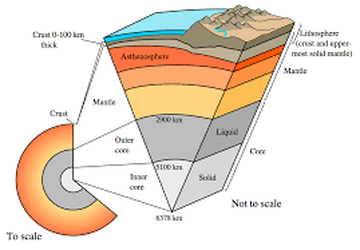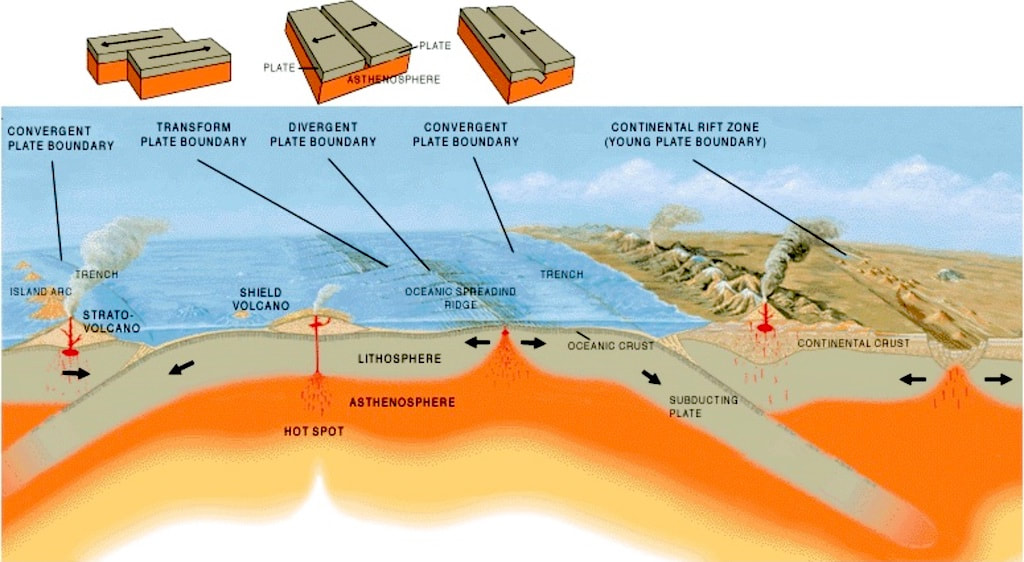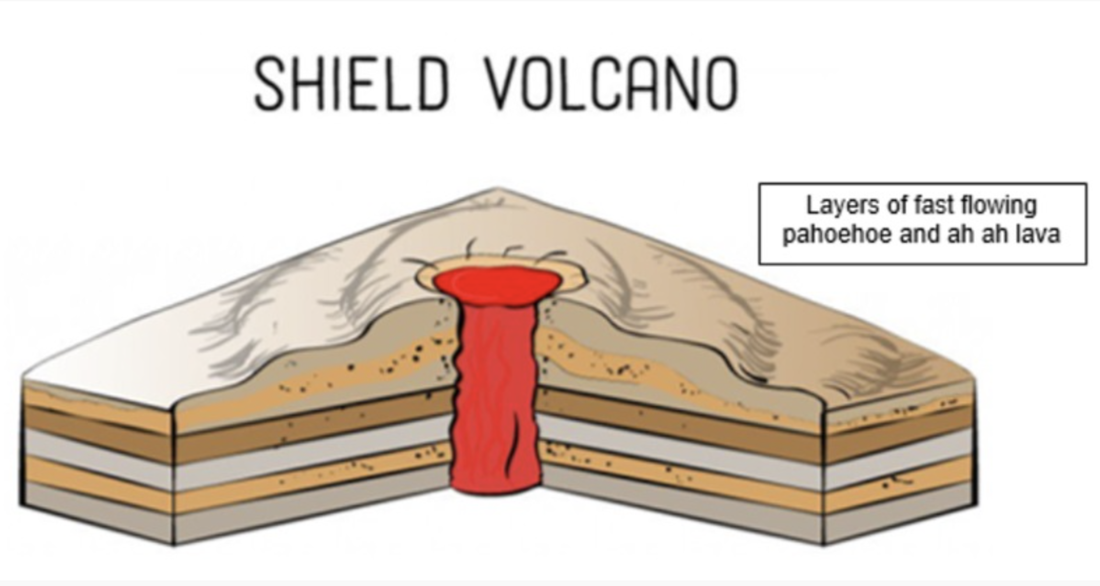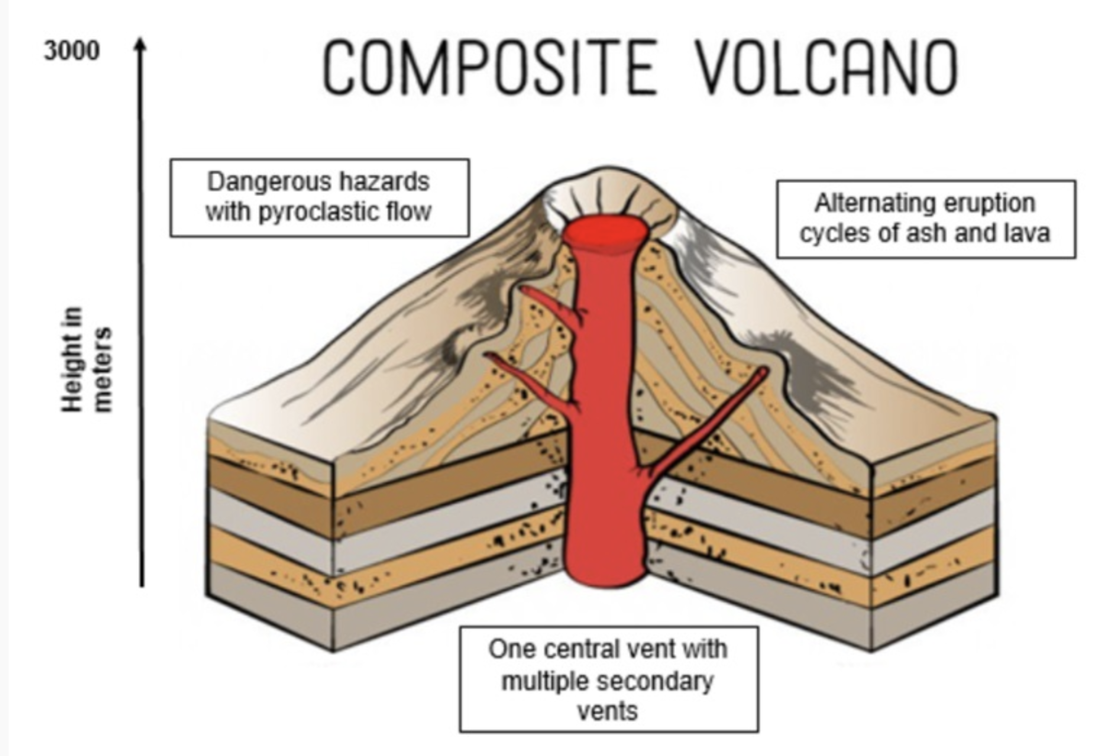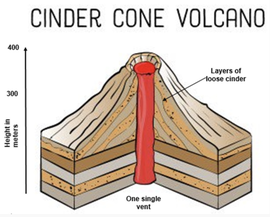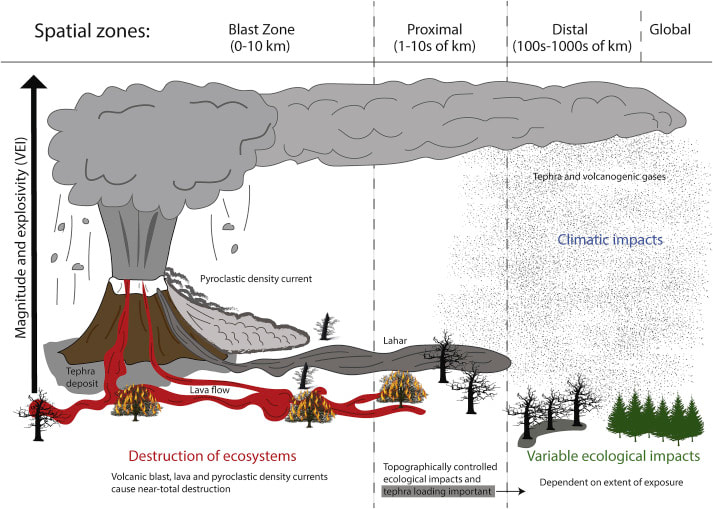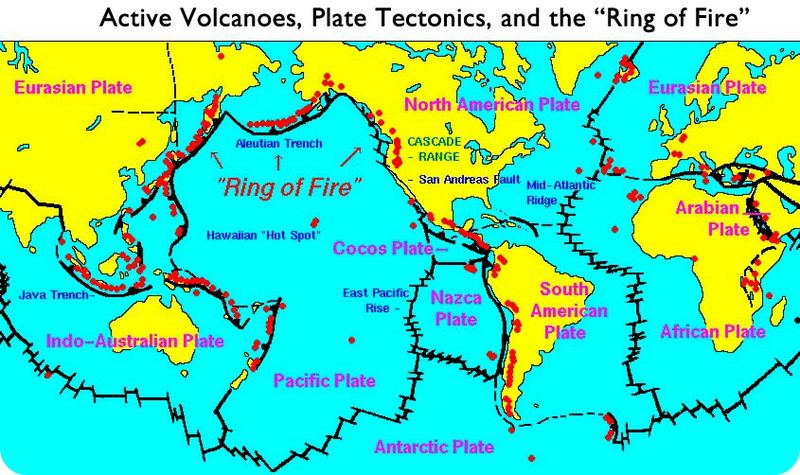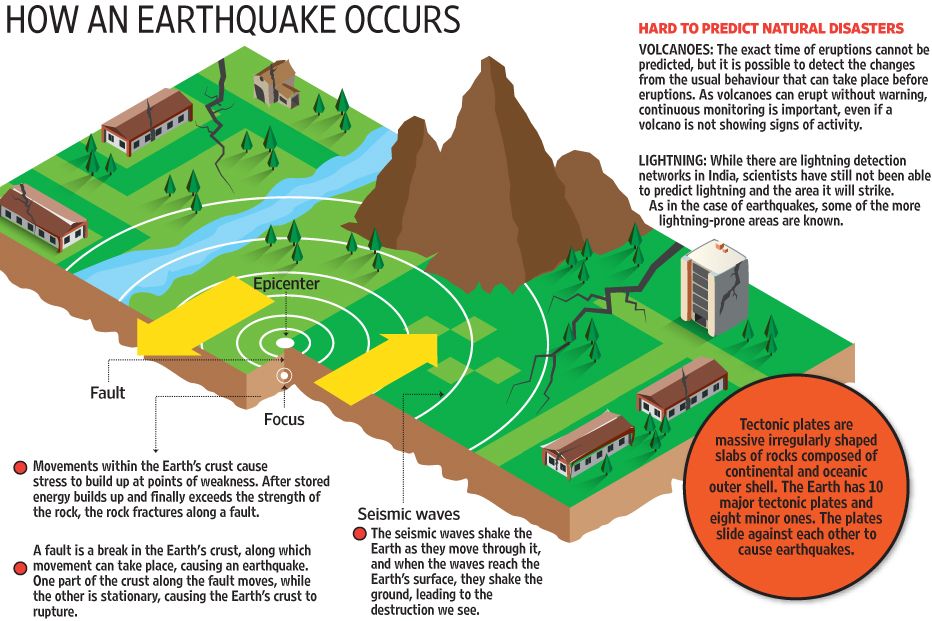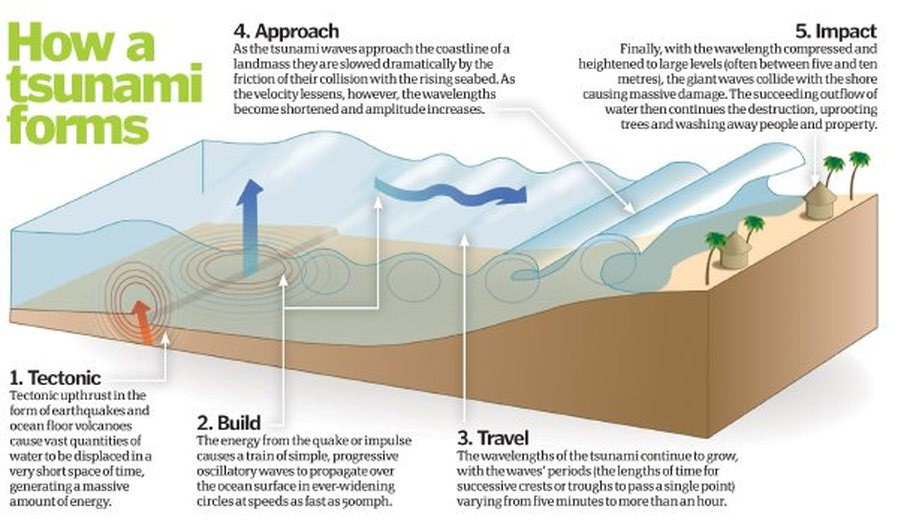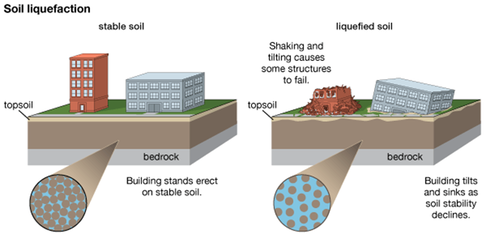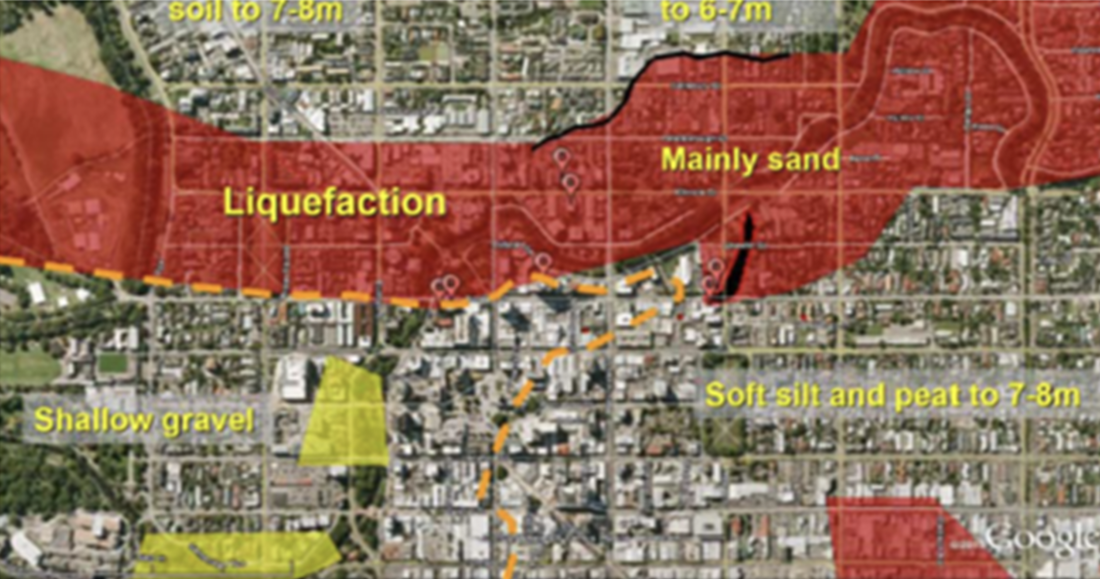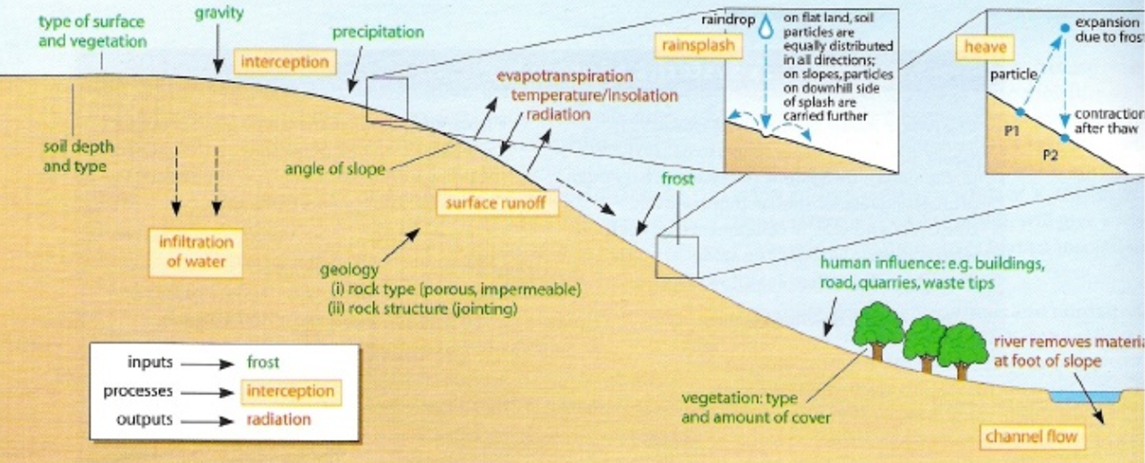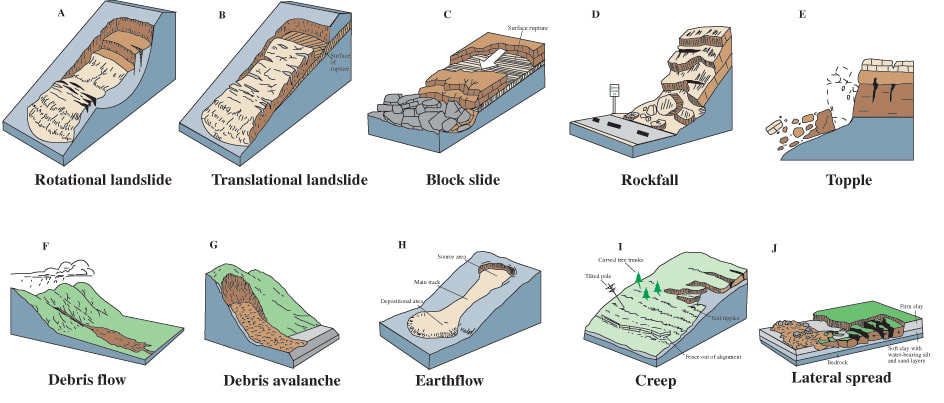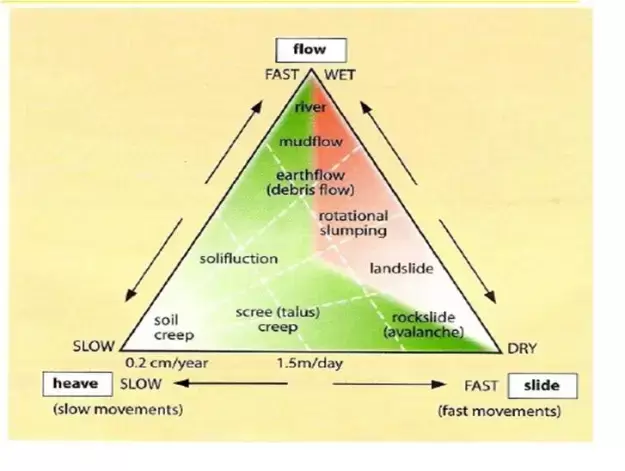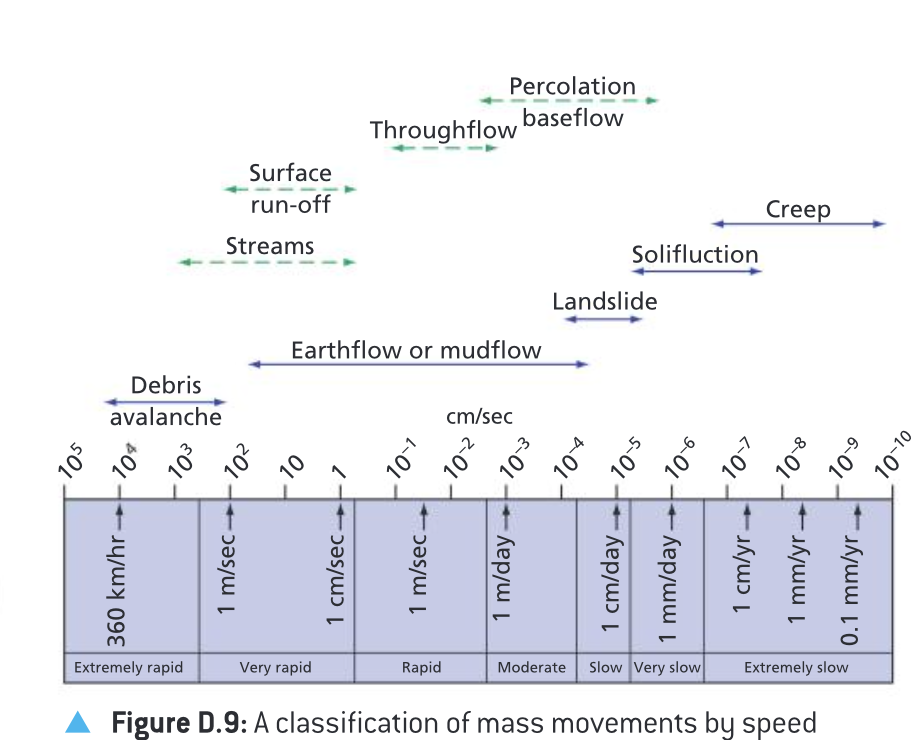1. Geophysical Systems
Mechanisms of Plate Movement
Mechanisms of plate movement including internal heating, convection currents, plumes, subduction and rifting at plate margins
|
|
|
|
Activities: The mechanisms of plate movement
Interactive: Ancient Earth Globe
Reading: Mechanisms of Plate Movement
Video: Time for Geography: Structure of the Earth
Readings: Market place activity readings
Interactive: Ancient Earth Globe
Reading: Mechanisms of Plate Movement
Video: Time for Geography: Structure of the Earth
Readings: Market place activity readings
|
|
|
|
Key Term Quizlet
Characteristics of Volcanoes
Characteristics of volcanoes (shield, composite and cinder) formed by varying types of volcanic eruption; and associated secondary hazards (pyroclastic flows, lahars, landslides)
|
|
|
|
Activities: Types, Hazards and Distribution of Volcanoes
Reading: Types of volcanoes
Interactive: Map of Currently Active Volcanoes
Reading: Types of volcanoes
Interactive: Map of Currently Active Volcanoes
|
|
|
|
|
|
|
|
Characteristics of Earthquakes
Characteristics of earthquakes (depth of focus, epicentre and wave types) caused by varying types of plate margin movement and human triggers (dam building, resource extraction); and associated secondary hazards (tsunami, landslides, liquefaction, transverse faults)
Earthquake Characteristics
|
|
|
|
Earthquake Secondary Hazards
|
|
|
|
Website: BBC Bitesized Tsunamis
PDF: The 2004 Asian Tsunami
Simulation: Stop disasters - Tsunami preparedness
Reading: Earthquakes can trigger landslides
Article & Videos: What causes liquifaction?
PDF: The 2004 Asian Tsunami
Simulation: Stop disasters - Tsunami preparedness
Reading: Earthquakes can trigger landslides
Article & Videos: What causes liquifaction?
|
|
|
|
Classification of Mass Movements
Classification of mass movement types according to cause (physical and human), liquidity, speed of onset, duration, extent and frequency
|
|
|
|
|
|
|
|
|
